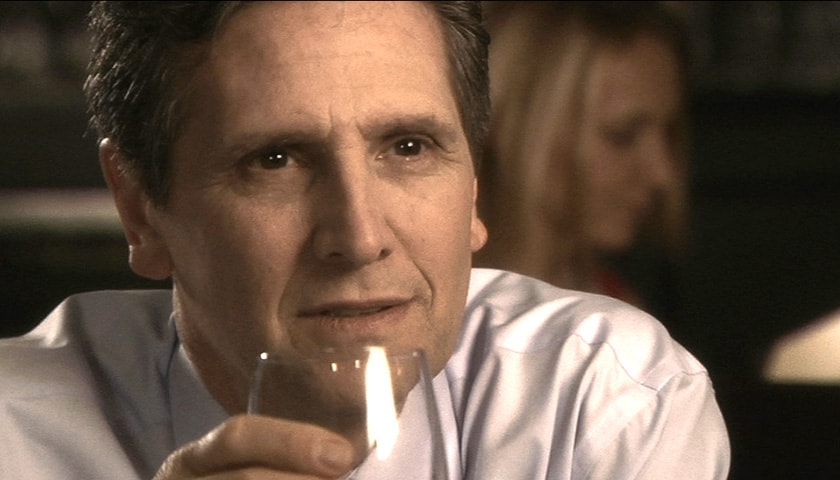We often think of the director as the master storyteller, guiding the cast and crew towards one unified vision. While much of the responsibility of crafting this vision falls on the director, the line can be come blurry between the director’s work and the actor’s responsibility.
For the actor, much of his work happens before the cameras even roll. The actor bears the responsibility of creating his character under the director’s guidance. By better understanding the actor’s process, you, the director, can more effectively work with him to create a multidimensional character.
- Backstory – The actor is responsible for creating her character’s backstory. What was her life like and what events in her life lead to the events of the movie? Although the director plays a role in helping the actor craft her backstory, she is solely responsible for doing the work.
Remember that good actors prepare for the role on their own. A good director is there to guide them… not do the work for them.
- Research – It is the actor’s responsibility to do the research necessary to render an accurate on-screen performance. If the actor is playing a policeman, then he may consider working with a local police department to learn the life of a cop on the street. If she’s playing the British Queen, she must understand the life, customs, time period and behavior of a British Queen. Each role requires a different amount and type of research, the responsibility of which falls on the actor.
- Delivery, Dialect and Behavior – If you’re shooting a period film, or a movie that involves a language other than the actor’s native language, consider hiring a consultant or acting coach to train the actor in the proper dialect or accent. It is the actor’s responsibility to learn the proper dialect of his character. In addition to the spoken word, the actor must also learn how to carry himself. Whether its learning the mannerisms of a real-life person for a biopic, or understanding the social morés of the 1890s, the actor has been hired to convincingly play the role and is expected to fully understand the person he is playing.
- Memorize lines – This, although it should go without saying, is a the true mark of a professional. In the same way that professional crew members arrive on set with the tools they need to do their job, so too must actors arrive on set with their lines memorized and with a firm understanding of the scenes they are performing. Actors who don’t memorize their lines cost the production time and money as the crew much shoot take after take, all because of the actor’s lack of preparedness.
- Know the objective of every scene – Talk to the director and make sure you’re clear about what the character’s goal is in each scene. What does he want and what is he doing to attain it? Know where the character is coming from in the previous scene and where he is going in the next scene. If you don’t know, then ASK!
- Act the subtext – Acting isn’t about reading lines; the dialog is a symptom of the deeper feelings and drive of the character. Act for the subtext, or deeper meaning, not the dialog. Ask yourself WHY the character is saying a certain line, what is the underlying motivation for this comment, and is that motivation the real driving force behind the movie?
- Know the story – The process of making a movie means shooting it out of order. When shooting a scene, know where, how, and why it fits in the overall movie. Understand the complete plot and character arc so that when you’re asked to film Scene 46, you know what your character’s behavior, feelings, and motivation are in Scenes 45 and 47. When the editor edits Scene 46 together with Scene 45 (which you may have filmed a month later), the transition of performance must be seamless.
The director’s primary job on set is to work with the actors to get the best performance for the story, and this process begins long before the cameras roll, during rehearsal. Once the actors are cast, work with the actors to craft their character’s history, motivations, and subtexts so they can play their characters realistically during the time of their lives in which the movie takes place. This is when the homework you did by defining the subtexts, themes and motivations of each scene in your script is helpful.




